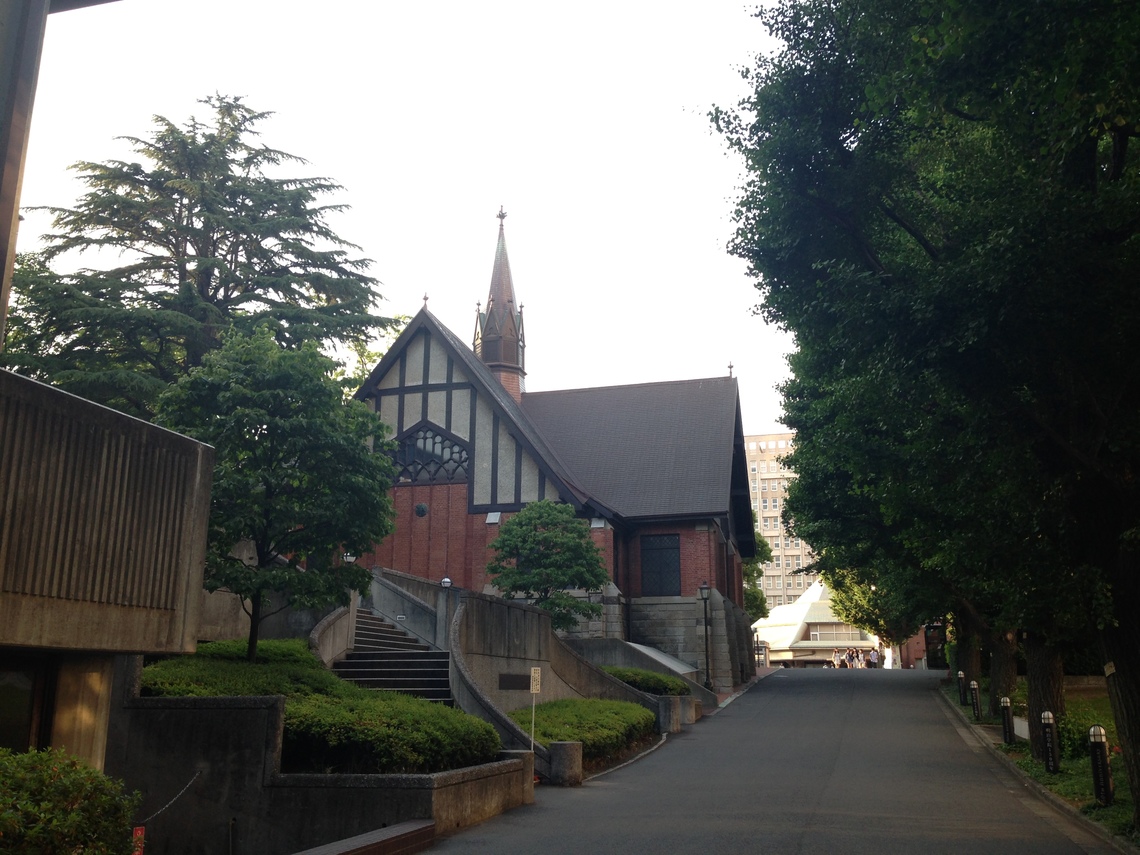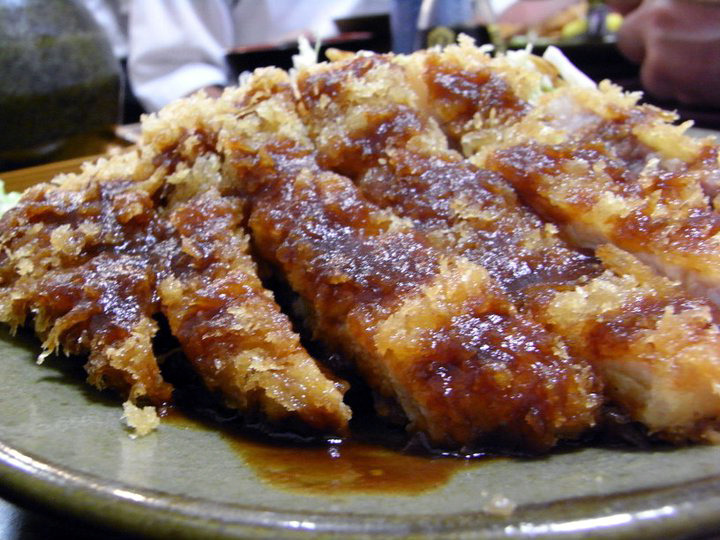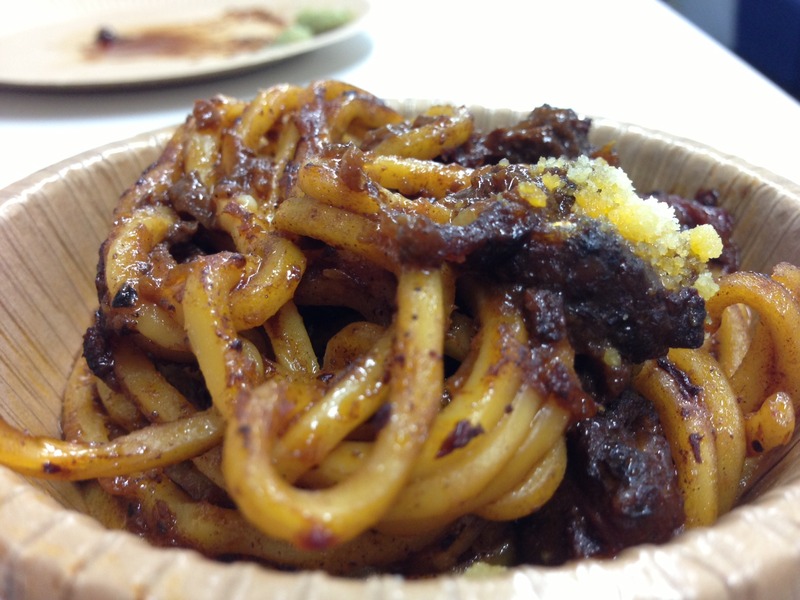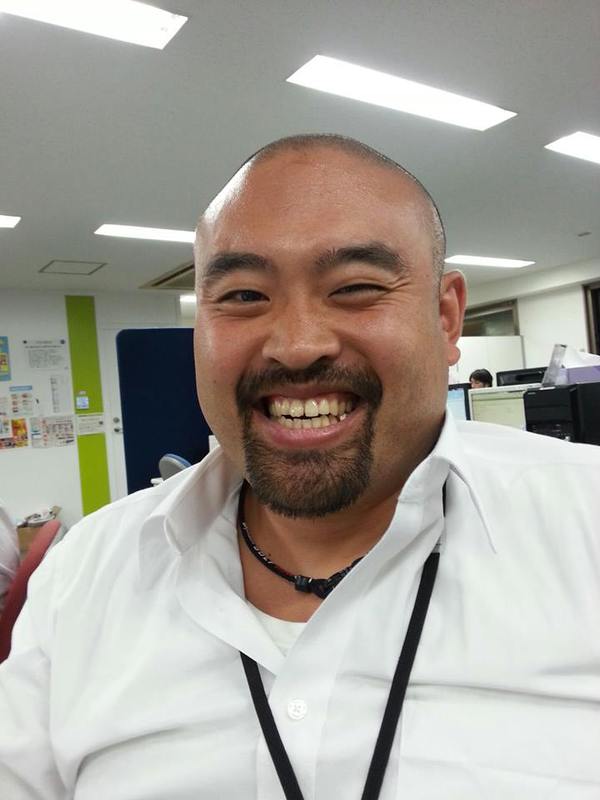Every Monday, I commute to Meiji Gakuin University to teach the fifth-period lecture. The "Special Topics in Business Administration" course, with 106 enrolled students, features quizzes every session and sudden roll call calls for participation. Honestly, if I were a student, I'd be thinking "Give me a break!"—it's that demanding. Yet everyone participates enthusiastically. For 90 minutes on the Shirokane Campus, with its Western-style buildings and abundant greenery, I'm gaining valuable experience distinct from the business world.

Meiji Gakuin University Shirokane Campus
Meiji Gakuin began in 1863 as the "Hepburn School" founded in Yokohama by Dr. Hepburn, famous for the Hepburn romanization system. It relocated to Tsukiji in 1880. At that time, the Tsukiji/Akashi-cho area was a foreign settlement, a place where Western culture seemed to arrive earlier than elsewhere. I've even heard people say things like, "That's why there are so many great Western-style restaurants around Tsukiji."

Tonkatsu from Minoya.
Sadly, it closed in 2011, much to everyone's regret.
When I actually joined Dentsu Inc., the headquarters was in Tsukiji, so it was truly a lunch paradise. If you wanted to fill up, you'd go to the now-defunct O for escalope (a menu item where demi-glace sauce is poured over pork cutlet. apparently popular in Nemuro, Hokkaido) over rice with half a bowl of ramen. If feeling under the weather, head to H behind Tsukiji Police Station for white spaghetti & liver with veggies. At T near the foot of Tsukuda Ohashi Bridge, try their omu hayashi – a perfect match of tangy demi-glace and sweet omelet, topped with your choice of fried items. Grab fried shrimp at Y in the market. For bubbling stews, visit E or G behind Kabukiza. At the small shop F, try the pork ginger. For rich, punchy tonkatsu, head to K behind Honganji Temple. If you want something a bit more refined, try K in the Kyobashi area. Oh, and speaking of which, Minoya, the family restaurant of Mr. Kabasawa from 47CLUB Inc. who helps with this column, was also a famous tonkatsu spot.
The history of Western cuisine in Japan is said to have begun in Nagasaki. Glover Garden reportedly has a "Monument to the Birthplace of Western Cuisine" inscribed with: "The history of Western cuisine in our country began with the arrival of Portuguese ships around the mid-16th century. The flavors and techniques of Western cuisine were brought during the period of national isolation from the Dutch residence in Nagasaki, the sole port open to foreign trade. (...) This monument is erected here to commemorate the birthplace of Western cuisine in our country." 
Recommended for hearty-eating guys.
Over time, the concept of "Western-style cuisine" became firmly established. It was a new fusion of Western and Japanese dishes.
This supremely delicious innovation didn't actually take root smoothly. Around 1889, Kawakami Otojirō's popular song "Oppekepe Bushi" featured harsh lyrics like: "Unaccustomed to Western food, yet greedily devouring it, secretly vomiting in the hallway, then drinking coffee with a serious face." ※2
It's impossible to imagine a Japanese dining table without Western food now, but it seems any innovation faces its share of friction before truly taking root. Napolitan pasta, doria, sauce katsu don, Turkish rice... each one is the crystallization of our predecessors' struggles... As I wrote this draft, my mouth has completely turned Western.

This is Kabasawa-kun. Of course, he eats a lot.
Kobasawa-kun from Minoya, where should we go for lunch?
Please, help yourself!
※1 ※2 From Keiko Kosuge, "The Story of Western Food in Japan," Shinchosha, 1983.






